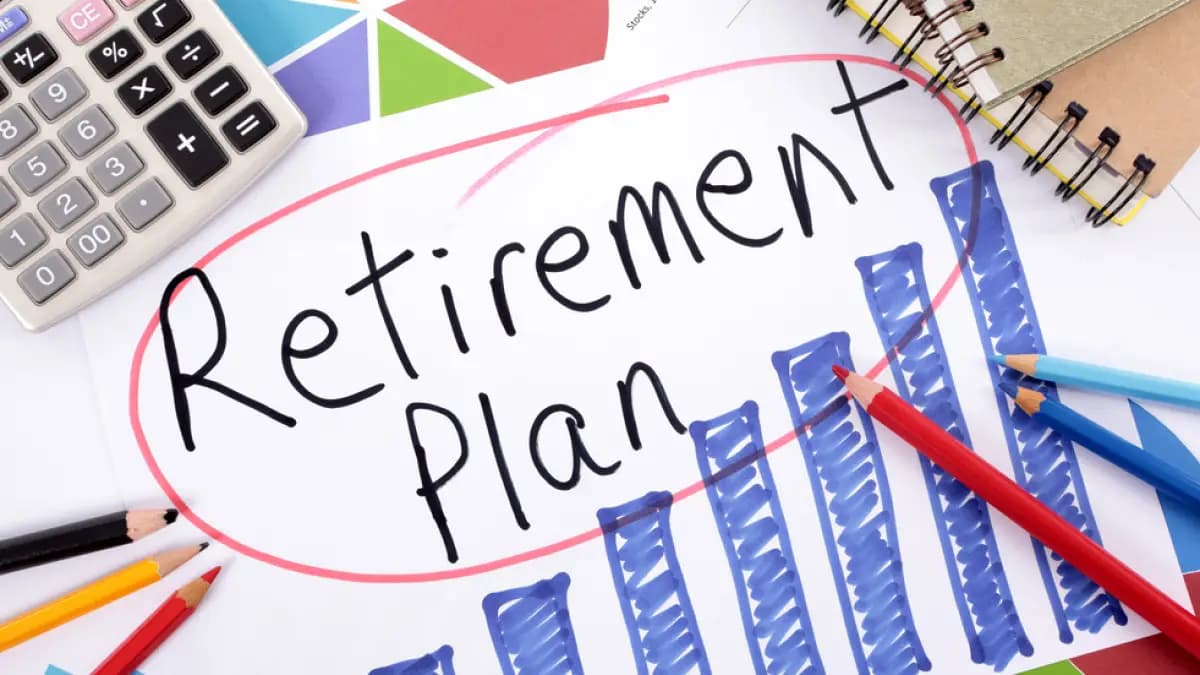Last week, Hero MotoCorp, the world’s largest two-wheeler maker, declared that it has introduced a voluntary retirement scheme (VRS) for all its employees in India as part of its broader plans at organisational efficiency while retaining employee welfare.
The VRS has been developed in accordance with the company’s vision to become more agile and future-ready, Hero MotoCorp said.
The VRS alternative will be available to all employees and will provide several benefits such as a one-time lump-sum payment, variable pay, medical coverage, company car retention, relocation support, career guidance, and more.
So what is VRS, and how does it work, and how much does the employee get as part of the severance package? Here are the details.
What Is VRS?
The VRS is a scheme that allows employees to retire voluntarily before the age of superannuation. Under the scheme, an employee can opt to retire early by offering to resign from their job or service. This scheme is often offered by companies as a means of reducing their workforce without resorting to layoffs.
The VRS is applicable to employees of both public and private sector companies. The scheme is usually offered to employees who have completed a certain number of years of service or have attained a certain age. The benefits offered under the scheme may vary from company to company, but usually, it includes a lump sum payment equal to the employee’s salary for the remaining period of service or a certain number of months of salary, along with other benefits, such as gratuity and pension.
The VRS is a voluntary scheme, and employees are not required to mandatorily opt for it. However, employees who do opt for the scheme are required to meet certain eligibility criteria, and may be required to give a notice period before their retirement. The scheme is often used as a tool to reduce the workforce, cut costs, and improve the efficiency of the organisation, but it could also be part of a larger plan like in the case of Hero MotoCorp.
Criteria For Voluntary Retirement Scheme
The criteria for VRS varies from company to company. Generally, the eligibility criteria are based on an employee’s age, years of service, and other factors. Here are some common criteria that are followed by many companies.
Age Criteria: Usually, employees who are within a certain age bracket can opt for the VRS. This age bracket may vary from company to company, but it is typically in the 40-55 age group.
Years Of Service: Employees who have completed a certain number of years of service in the company are eligible for VRS. The number of years required may vary from company to company, but it is typically around 10-15 years of service.
Performance Record: Companies may also consider an employee’s performance record before approving their VRS application. Employees with poor performance records may not be eligible for the scheme.
Designation: The VRS may be offered only to employees who hold certain designations. For example, senior-level executives may be eligible for the scheme, while junior-level employees may not be eligible for it.
Notice Period: Employees who opt for VRS may be required to serve a notice period before their retirement. This notice period may vary from company to company, but it is typically around three-six months.
It is important to note that the eligibility criteria may differ from company to company. Employees who are interested in the VRS should check with their company’s HR department for specific eligibility criteria.
How Is Compensation Under Voluntary Retirement Scheme Calculated
The VRS compensation is typically determined by the employee’s last drawn salary. In most cases, the compensation offered is equivalent to three months’ salary for each year of service. Alternatively, the compensation may be calculated by multiplying the employee’s retirement date by their remaining months of service, based on their salary at the time of retirement.
VRS provides a legal avenue for companies to downsize their workforce without causing any harm to their employees. It is a mutually beneficial scheme that is regarded as a humane and practical method for reducing employee headcount.
Employees who decide to take VRS should be knowledgeable about the scheme’s rules, features, and the process for calculating compensation.




